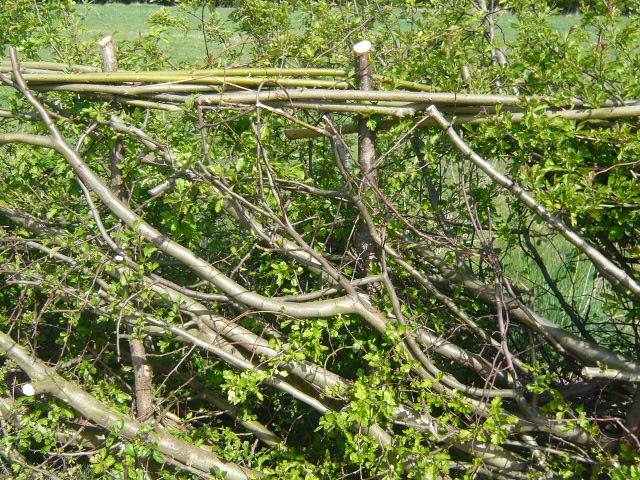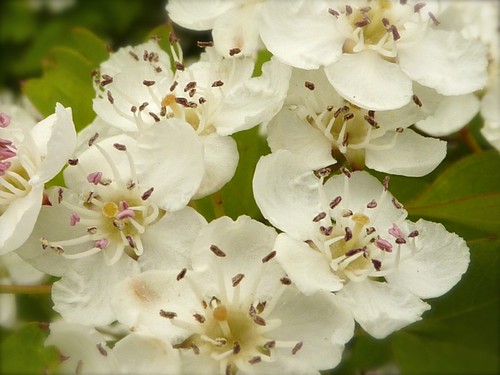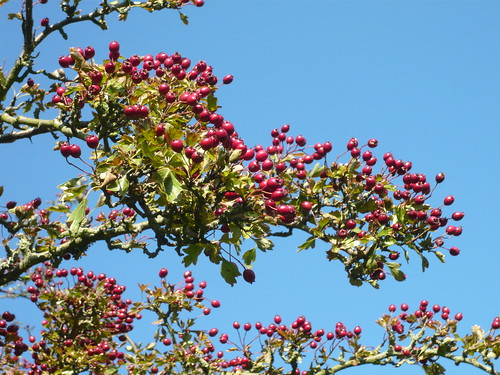
Hawthorn – Root and Branch Review
The Hawthorn flowers in May hence one of its common names. Gnarled old trunks give testimony to the Hawthorn’s ability to survive in exposed windy conditions. The thorns help make the tree a good hedging subject.
Key Features of the Hawthorn
- Latin name – Crataegus Monogyna other common names May, Quickthorn, Whitethorn or Thornapple
- Height – 33 feet-
- Type of tree – deciduous
- Leaves – deeply lobed glossy green leaves
- Flowers – Dense clusters of creamy white borne on shoots
- Fruit – Oval red pome (Berry)half inch wide
- Bark – Brown with shallow ridges
- Family – Rosaceae,
Origins and Distribution of the Hawthorn
- Native to Europe.
- Grows in temperate regions of North America.
Uses and Attributes of the Hawthorn
- Used for hedging to keep animals and divide land.
- Thought by Romans to ward off sickness and to have provided Christ’s crown of thorns.
- The root stock can be used in fruit tree grafting
- The wood is hard and does not rot easily.
Gardeners Tips for the Hawthorn
- There are pink flowering varieties of Hawthorn that make good garden trees..
- Mixed hedges and straight Hawthorne hedges will withstand a lot of pruning and form an impenetrable hedge quickly.
- Hawthorn hedges can be ‘layered’ to thicken the lower part of the hedge.

Other types of Hawthorn
- There are between 200 and a 1000 species.
- The Hawthorn hybridises easily and this may account for the higher figure of species.
- The Midland Hawthorn Crataegus laevigata is the other native British Hawthorn. It tends to flower red rather than white
Hawthorn comments from elsewhere
- Hawthorn provides food for more than 150 different insect species and the seeds provide autumn bird food. This makes Hawthorn a very valuable addition to any wildlife garden. RSPB
- Known as the “faerie tree”, this beautiful, often gnarled, thorny little tree can live to a great age, and can be found growing in the wildest and harshest of spots.
- The White Hawthorn Blossom was named the state flower of Missouri on March 16, 1923.
Read about our series on British tree reviews with a bakers dozen fact sheets

‘Hawthorn: Crataegus monogyna, known as Common Hawthorn, is a species of hawthorn native to Europe, northwest Africa and western Asia. Other common names include may, mayblossom, maythorn, quickthorn, whitethorn, motherdie, and haw. This species is one of several that have been referred to as Crataegus oxyacantha, a name that has been rejected by the botanical community as too ambiguous.’
Credits
Hawthorn blossum DSCF0995 by hedgerowmobile CC BY-NC 2.0
Hawthorn flowers by net_efekt CC BY-NC 2.0


One thought on “Hawthorn – Root and Branch Review”
Comments are closed.